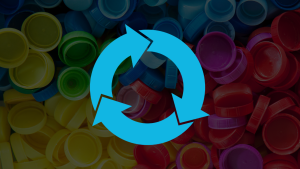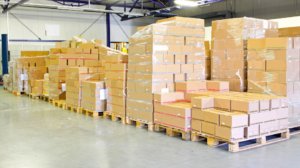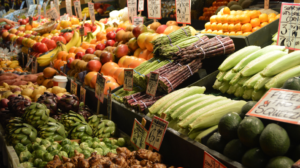Creating markets for recycled content is key to solving plastic waste
In a few days, the Trudeau government intends to fulfil a campaign promise to eliminate single-use plastics, a material it characterizes as universally harmful.
We at the Canadian American Business Council (CABC) appreciate the urgency of the issue. There is understandable consternation across Canada and around the world about the plastic waste that finds its way into rivers and streams, and other places it should never be.
The goals of the Canadian government’s proposal—including making all plastic packaging reusable, recyclable or recoverable by 2030—are, or should be, common ground. In fact, we think there is good reason to go even further.
Specifically, by creating end markets for recycled plastic and allowing industries to help manage the life cycles of the products they produce, we can keep plastic waste from ending up in the environment.
At the same time, we need to ensure we are having a fact-based discussion about the policy tools the government is proposing. We want to ensure industry is effectively positioned to help—to drive innovation and investment in a system that today is disjointed.
The government’s proposed solution is sweeping; it intends to deem all plastics toxic, period. The rationale for this approach is that under current law, the management of waste and recycling is a provincial, not federal, matter. The federal government believes that in order to fulfil its promise to regulate single-use plastics, it needs jurisdiction. So it wants to use the Canadian Environmental Protection Act (CEPA), which governs toxic materials.
And that is why we find ourselves debating whether plastics should be classified by the federal government as toxic.
To be clear: CABC supports regulatory harmonization. We also strongly support the goal of reducing plastic waste in the environment. That said, we are concerned with the blunt-instrument approach of defining all plastic as toxic under the CEPA as a tool to assert federal jurisdiction.
Consider that defining all plastics as toxic would allow any future government to arbitrarily ban specific products. And while there are some plastics that are difficult to recycle, and which have alternatives available, governments should instead be focused on enabling industry by driving investment in better recycling infrastructure and creating commodity markets to incentivize and increase recycling rates.
Let us not forget that plastic is ubiquitous. Think, for a moment, about the sorts of essential products that contain plastic. It plays a critical role in our lives. The issue isn’t with plastic when used properly. The issue is with a system that too easily allows for waste rather than recycling.
To deem it all toxic would not only ignore the valuable uses for plastic; it would also negate the added benefits it has as a lower carbon alternative to some other materials.
We would like to propose a number of alternative steps the federal government could take to partner with and enable industry—steps that would develop economies of scale, drive demand, and create new markets for recycled content.
Creating end markets for plastic waste, as industry has done for countless other materials, will incentivize the private sector to collect and recycle at high rates. That, we submit, would be a more effective way to keep plastic waste out of the environment.
The U.S. and Canada are already carrying on bilateral discussions about rare earths and critical minerals. Adding recycling as another pillar of this effort is worth considering. The more electric vehicles and solar panels that are deployed (two products that utilize critical minerals), the more important it will be to find ways to recycle and re-use their component parts and batteries.
And, if we take a North American approach to ensure that recycled content is a valued commodity, we are less likely to run afoul of our newly enacted free trade agreement. Yes: classifying all plastics as toxic almost certainly violates the updated version of NAFTA.
Our new trade treaty commits its signatories to consult with one another on any such bans or restrictions, and requires a risk-based approach, informed by the best science. In this instance, the Canadian government proposes to apply the precautionary principle, relying on a review of the available science to inform their decision, while at the same time conceding that “significant data gaps” are preventing the completion of a quantitative risk assessment. As currently construed, Canada’s North American partners will probably see the toxic label and plastic ban as a non-tariff barrier to trade.
Rather than igniting a trade dispute, let’s spark innovation and harness the power and ability of industry, attracting investment and creating jobs in the process.
It’s time to take bold steps that advance our shared environmental goals and stimulate the post-pandemic recovery that is so crucial to our shared economy. Let’s do this. And let’s do it with our North American partners.



